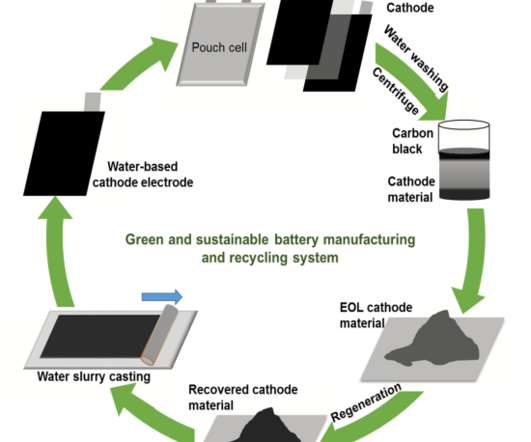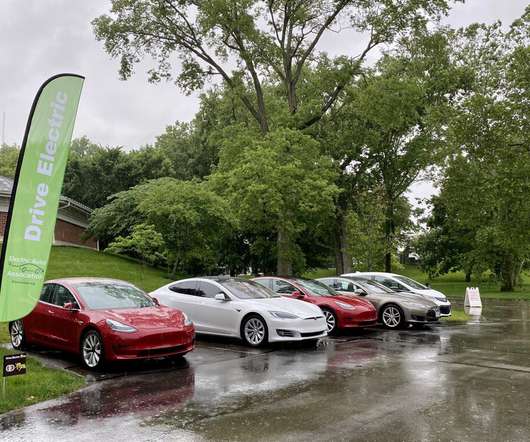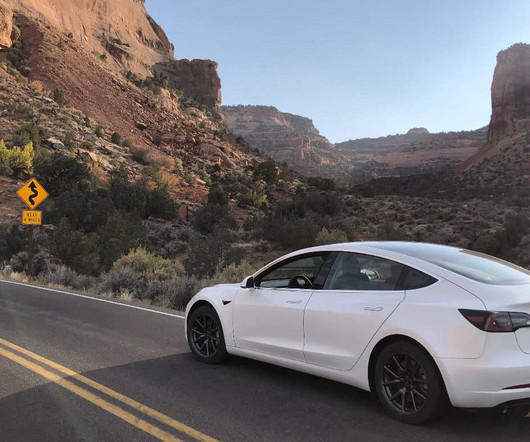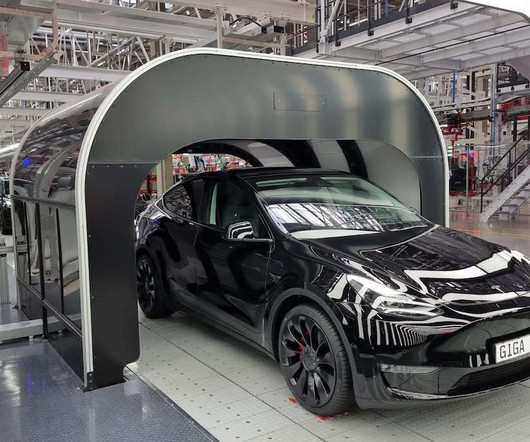6 DOE-funded applied battery research projects targeting Li-ion cells with >200 Wh/kg for PHEVs and EVs
Green Car Congress
JUNE 19, 2014
The objective of the projects is to develop cells that provide more than 200 Wh/kg energy density, along with long cycle life and excellent abuse tolerance to enable 40-mile-range plug-in hybrid (PHEV) and electric vehicles (EVs). TIAX is the sole organization in a $2.2-million The projects end in 2015. Argonne National Laboratory.










































Let's personalize your content